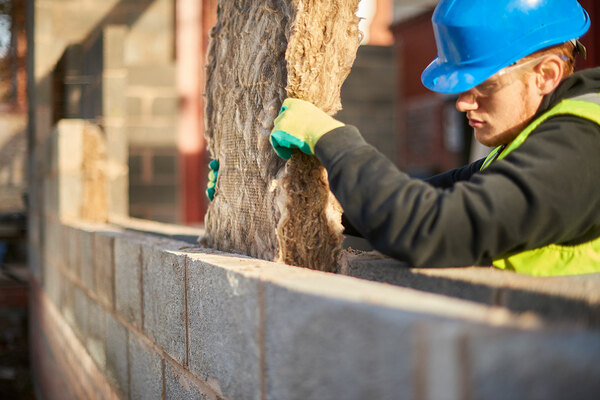At present I am focused on funding improved policies for mitigating the effects of Climate Change in the housing sector.
In the UK drought and its associated wild fires destroyed houses and increased pressure on the NHS, among other issues.
But such expenditure may well be poorly placed.
The Building Research Establishment shows the annual costs to the NHS of poor quality and hazardous housing at £1.4 billion. This rises to £18.5 billion p.a. when wider societal costs are included (long term care, mental health etc.).
Peter Freeman, the chairman of the government quango Homes England, reports its own investment on behalf of the government. He says “Our partners include Barclays, Lloyds Banking Group and M&G. In March 2020, we announced a £10m investment in M&G Investments new Shared Ownership Fund. Homes England’s early participation catalysed £177m of initial institutional investment, a first step towards the fund’s £825m target capital raised. Over the next five years the fund will develop more than 2,000 new affordable shared ownership homes in partnership with housing associations across England. This deal highlights the commitment Homes England has to supporting the growth and evolution of housing in institutional portfolios.” Are such affordable homes part of new housing estates or monoculture crescents of old peoples?
Call all this money £20/40 billion by including savings to the NHS. Asking the NHS to invest in re-furbished dwellings to save all or part of £1,4 billion is going to be a tough ask but simply implemented.
Filtering air entering a building to remove 99% of particulate from vehicles (a main cause of lung diseases), cold, flu and covid viruses and much more would be a significant investment alongside insulation of roofs, walls and floors and removal of heat bridges. Mitigating Climate Change can also make the nation healthier.
The pledges from the financial institutions have not been included in the above resources and there are also Local Government funds available too.
The 2022 Queen’s Speech promised even more cost to the Treasury and another attempt to add further to the current mish mash of money, regulation ‘incentives’ and Climate Change mitigation (and confusion with global warming).
There is more but it makes the point. There are some dwellings that are of a high standard out of the 24 million homes in the UK but not many.
It seems that there is quite a lot of money floating around to do a stunning job and upgrade our homes against Climate Change. What is silly is that there are large sums of money cast across a lot of homes and therefore of little consequence at the sharp end. People are to a varying degree inspired by this largesse; some even do nothing at all!
There is a case for a comprehensive review of what money is being sloshed around and for what purpose.
Let's look at three examples:
There are other investments that can be included in refurbishment such as electricity saving devices including light bulbs, low power washing machines and solar powered and energy creating street lights. Other forms of cost reduction that can attract funding are estate wide battery storage facilities (of which more later) to keep the lights on at night and offer over capacity power to the National Grid or independent customers. Then there is the use of a local bottled water company selling estate harvested water. Providing automated street services such as lighting, street cleaning and grass cutting etc. has a value too and can attract funding. All these stakeholder provided services can be bundled up into a package that can be valuable investments and funded and managed by the private sector and will also help to slim down tax payer funded government.
The Public Private Partnership scheme whereby financial institutions fund capital assets and services are wide open to abuse and can be restructured to support the housing crisis.
Tracing the path of taxpayers, financial institutions and revenue streams in the housing sector needs to be closely managed. It needs the security and real life and real time auditing. This is an excellent case for using blockchains to provide immutable evidence of delivery and quality.
All of these issues are covered in Climate Change House which is available from Amazon:











